At some point, every car requires new tires. Since you want to budget accordingly, it’s important to know – how much does it cost to replace your tires?
In this guide, I cover the varying factors that influence the price of your new tires. I will also give you a few tips that may help you save some money.
How Much Do New Tires Cost?A new set of four tires will usually cost you between $400 and $1500, depending on the type of tire, vehicle, quality and where you get them installed. If you choose cheap tires, you may be able to spend $50 each, but on some vehicle types, you can easily spend $1500 or more on a new set of tires.
Now that we have the quick answer to the general cost of new tires, let’s take a closer look at the factors that affect the cost.
Factors Affecting Cost to Replace Your Tires1. Tire SizeThe biggest factor affecting your expense will be the size of the tire you need. You can find tires in all sizes, meant for a multitude of purposes. If you have a compact car, you will have the cheapest tires available, maybe even $50 each.
Of course, high-performance cars, large pickup trucks, specialty off-road vehicles, and SUVs will naturally cost more. A good rule of thumb is that the larger the tire is, the more you can expect to pay for it.
2. BrandThere are just as many tire brands as there are sizes. Many tire shops specialize in one budget brand and carry a multitude of name brands.
You will spend far less to go with the no-name brand, but you need to think about the quality. After all, if you save money today by choosing this brand, does it really pay off if you have to replace the tires again prematurely? You may also get a much longer mileage warranty with quality tires than with inexpensive tires.
If you choose a premium tire brand such as Michelin, Continental, Goodyear, Bridgestone, you will of course pay much more, but you know that you will get quality tires that last a long time and keep your vehicle on the road.
RELATED: 6 Worst Tire Brands to Avoid Buying
3. Installation CostMost tire shops do not make a lot of money on the tire installation. The job itself doesn’t take long and the price can often be included with the cost of the tires.
On average, you can expect most shops to tack on about $20-$40 per tire for the installation. However, if you visit a warehouse club, that expense could be even less.
4. Tire DisposalYou don’t get to leave your old tires with the shop without paying a price. These shops must pay to have them recycled, so that cost gets passed down to you.
On average, the tire disposal fees will be between $2 and $10 per tire. If you would rather save this money, you can get rid of them yourself.
5. Road Hazard/Warranty ProtectionOn top of the regular price paid for your tires, you may choose to add some extra warranty protection. With road hazard protection, you are covered if your tires get a hole or blow out.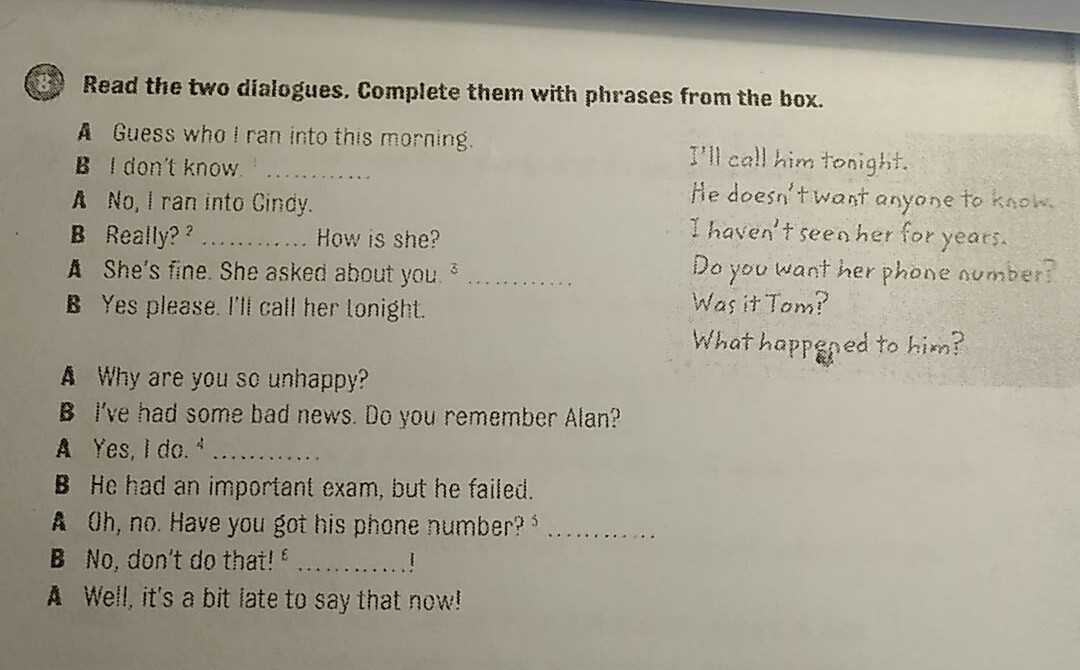
However, you must be careful who you choose to get road hazard through. Not all companies are going to follow through on the agreement, leaving you paying for protection that doesn’t matter when something actually goes wrong.
6. Wheel AlignmentWhen your new tires are installed, you will need to get a wheel alignment. Having properly aligned tires ensures that they last as long as possible.
You might pay between $75 and $200 to have the wheels aligned, depending on how many need to be done. However, this money can be seen as an investment, ensuring that your tires continue to provide reliable transportation.
How to Save Money on Tires1. Shop AroundThe most important factor is shopping around. You can call one location and get a price on a particular set of tires, and the cost will be completely different somewhere else, even though they are the same tires.
When you are shopping around, keep a couple of costs in mind.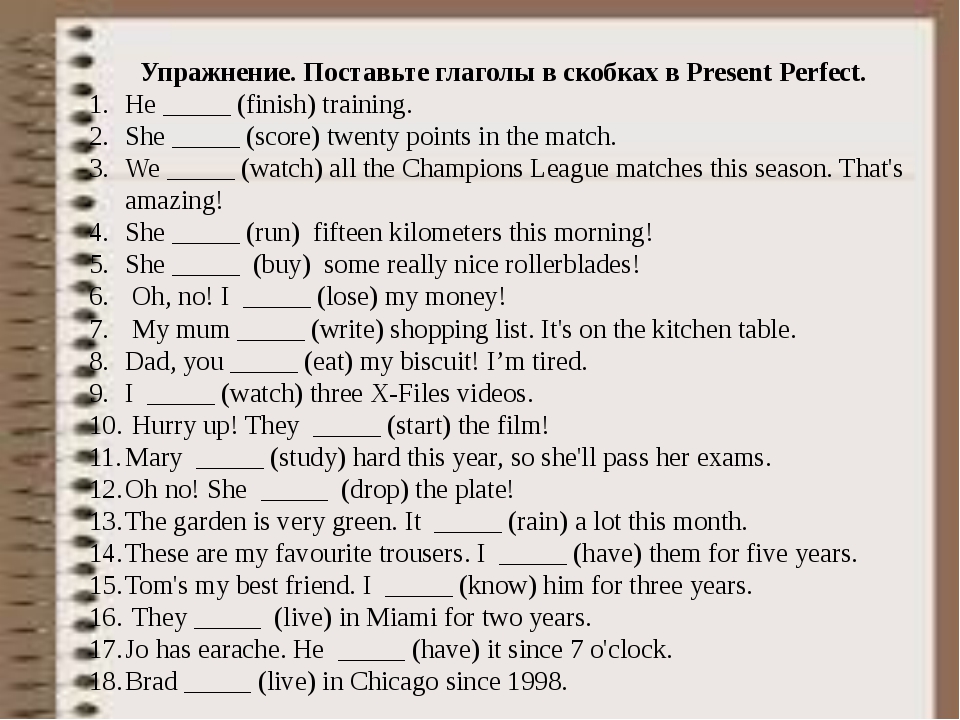 You will have the cost of the tires, the cost of installation and any fees that the company charges. Ask for the “out the door” price, so you can compare it apples-to-apples.
You will have the cost of the tires, the cost of installation and any fees that the company charges. Ask for the “out the door” price, so you can compare it apples-to-apples.
RELATED: How Much Do Rims Cost?
2. Watch for SalesYou can get a great deal if you shop during a sale. Of course, it’s not always convenient to wait for the next sale, but if you have some time before the tires need to be changed, this is a great way to save.
Throughout the year, tire shops will offer various sales. You can take advantage of a Buy 3, Get 1 Free deal or enjoy a certain percentage off. Most tire sales correspond with holidays, so you can tell when one might be around the corner.
3. Take Advantage of RebatesTire shops don’t often make a whole lot on the tire, so discounts can be limited. However, the manufacturers are happy to offer rebates throughout the year.
Most of the rebates are through the mail but can be found online.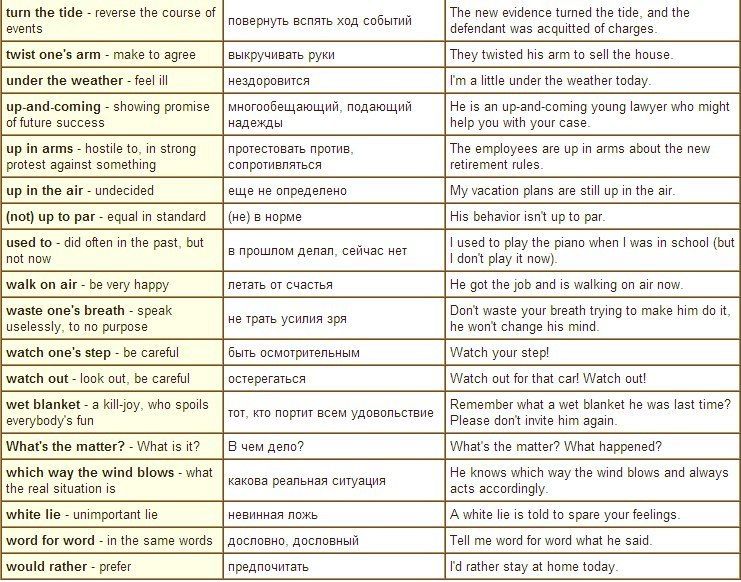 Additionally, the tire shops have the inside scoop on what’s available, so be sure to ask.
Additionally, the tire shops have the inside scoop on what’s available, so be sure to ask.
It’s not always wise to purchase used tires, but the takeoff is something entirely different. These tires were installed brand-new and only used for a couple of days before the customer decided they didn’t want them.
It could be that the client didn’t appreciate the ride or simply decided they wanted something better. Either way, the tire shop will offer the replacement tires at a discounted price, so be sure to ask what’s available, especially if you use a popular tire size.
5. Use All-Season TiresIf you live in a cold climate where a lot of snow falls, you might have two sets of tires. Most people in these regions use summer and winter tires. With two sets of tires, you have a lot more money out, especially every time you need to have them switched.
If you aren’t actually driving in the snow, it might be better to use all-season tires throughout the year. While these aren’t going to get you through deep snow, there’s no sense in spending more for something you don’t need. Evaluate your options and see if you can stick to using one set all year long.
While these aren’t going to get you through deep snow, there’s no sense in spending more for something you don’t need. Evaluate your options and see if you can stick to using one set all year long.
RELATED: 10 Best All-Season Tires – Review & Buyer’s Guide
The lifespan of a tire will depend on the type of tire, the type of driving you do, and the climate. Generally, tires last between 50,000 and 80,000 miles and 6 years. If you drive a lot in city traffic and brake a lot or live in a hot climate, your tires may wear out sooner. If you often drive around with low tire pressure or a bad wheel alignment, they may also wear down sooner.
If your tire tread depth is close to 2/32” or under, it’s definitely time to replace them. Most tire manufacturers recommend replacing tires every 6 years, regardless of the number of miles driven. This is because tire rubber degrades over time, even if the tires are not used. Tires that are more than 6 years old should be inspected by a professional to determine if they are safe to use.
Most tire manufacturers recommend replacing tires every 6 years, regardless of the number of miles driven. This is because tire rubber degrades over time, even if the tires are not used. Tires that are more than 6 years old should be inspected by a professional to determine if they are safe to use.
If your car is two-wheel-drive, it’s fine to replace two tires on the same axle instead of four, although you need to consider that your car will handle differently with two new tires than with four. If you are replacing two tires, it is best to put the new or best tires on the rear axle, as this will improve traction and stability.
On many 4WD and AWD cars, however, the diameter of the tires must match, otherwise, you can damage the transmission or the differential. Therefore, it is recommended to replace all four tires on 4WD cars, and it’s a requirement for many car brands like BMW and Audi.
You need to read the tire dimensions on your old tires and take them to the tire shop.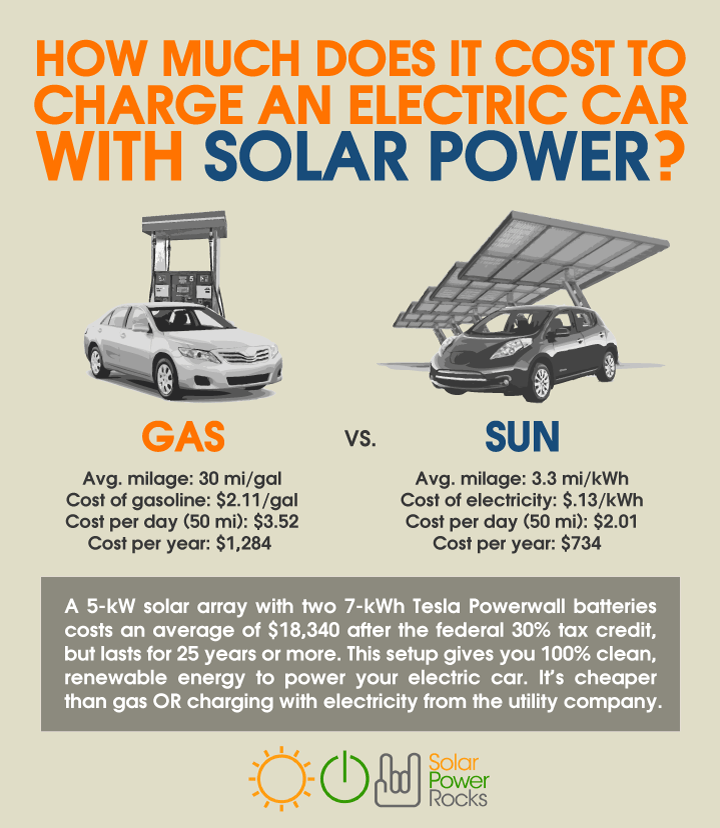 You can also call your authorized dealer or check your owner’s manual if the wheels are stock.
You can also call your authorized dealer or check your owner’s manual if the wheels are stock.
Categories: Tires, Estimator
Tires are consumables. Depending on how often you drive your car and the quality of your tires, you’ll need to get a new set of tires every 3-5 years.
If you’re planning on retiring your old set of tires soon, we’ll help you figure out how much it’d cost to change tires so that you can save money for it beforehand.
Specifying a budget for replacing your old set of tires with a brand new one isn’t as straightforward as you might think. It’s more than just picking a store and a brand; there are many variables that come into play, and we’re going to explain them in the following sections:
To replace your old set of tires with a fresh one, you need to opt for a professional tire installment service because the process requires special tools and extensive technical expertise. You can use a manual tire changer, but of course, seeking professional service would be the better way to go.
You can use a manual tire changer, but of course, seeking professional service would be the better way to go.
The technician will loosen the bolts and unmount the wheels, take the tires off the car’s rims, inspect and smoothen the rims, install the new tires, and mount the wheels back.
Typically, it shouldn’t cost you more than 65$ to mount your new tires. The actual cost may vary depending on your car type and model.
For example, replacing the tires on an SUV will cost you more than replacing them on a compact hatchback, simply because the diameter of every tire is larger. The aspect ratio of the tires may also affect the price.
When you remove your old tires, you’ll have to replace the old valve stems with new ones. That shouldn’t cost you more than $15.
Also, keep in mind that you may need to replace the TPMS or Tire Pressure Monitoring System sensors on newer vehicles. These sensors indicate when something is wrong with your tires or if the air pressure on any of the tires needs to be adjusted.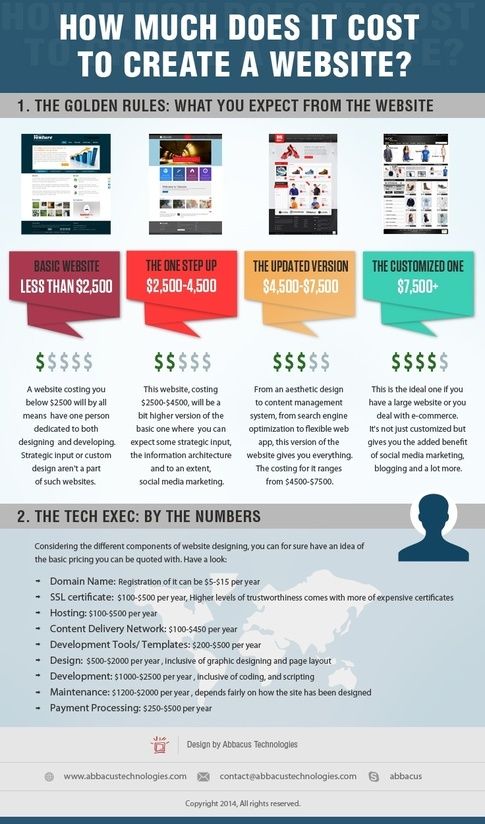 A single sensor will cost you a whopping $100.
A single sensor will cost you a whopping $100.
But don’t worry, you won’t likely need to replace the sensors every single time you replace your tires. In fact, you may not need to replace them at all if they’re working correctly.
Balancing and alignment can make a world of difference when it comes to providing a smoother ride.
You won’t have to pay any extra fees for wheel balancing because most tire service centers would do it for free when you sign up for a wheel replacement session. As for alignment, you’ll probably need to pay an extra $90-$100.
You don’t have to do the wheel alignment on the same day you install your new tires. However, it’s highly recommended that you align your wheels as soon as you mount your fresh tires to ensure better gas mileage and a longer tire lifetime.
Obviously, you also need to account for the price of the new tires. There are lots of low-end, average, and high-end options that you can pick from.
The price of your new tires will be heavily influenced by rim diameter, chemicals, tread pattern, and performance on different terrains. The average price of a new set of tires is $400.
There are many types of tires that you can pick from based on your needs and geographic location, including:
Tires are some of the most critical components of an automobile because they heavily impact your car’s braking, handling, and accelerating performance on different terrains. That’s why we recommend that you invest in a high-quality set of tires for maximum safety and performance.
Some of the most reputable international automobile tire brands include Goodyear, Michelin, Pirelli, and Bridgestone.
Choosing the right tires for your vehicle and getting them installed will obviously require some time. Luckily, you can get your old tires replaced in as little as 45 minutes if you opt for a professional tire replacement service.
Luckily, you can get your old tires replaced in as little as 45 minutes if you opt for a professional tire replacement service.
The amount of time it takes to install new tires may vary depending on your vehicle type.
Many tire sets come with a limited warranty on tread wear, materials, and workmanship. Usually, such coverage is optional, but we do recommend that you include it in the package to future-proof your tires.
A protection plan generally costs around $50 or 10% of the tires’ price.
To recap, replacing your old tires is a worthy investment that’ll give new life to your automobile. So, how much does it cost to change tires? Here’s a quick breakdown:
Did you find this guide helpful? Then you should consider checking others:
How Does NASCAR Change Tires So Fast
How Often Do You Need To Change Tires
How To Change Tire On Travel Trailer
How To Change A Truck Tire
How To Change A VW Jetta Tire
How To Change An ATV Tire
How To Tell If Your Tires Need Replacing
How To Remove A Stuck Tire
How To Reset Flat Tire Warning BMW 530i
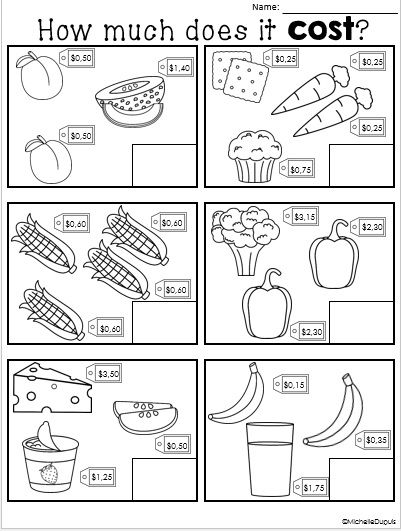 And although we are not promised snow yet, I would not recommend waiting for it in order to change the shoes of your car. It is a bad idea. After all, on a slippery road it is very easy to lose control of the car. And then you have to go to the service station not only to replace tires, but also to repair the body.
And although we are not promised snow yet, I would not recommend waiting for it in order to change the shoes of your car. It is a bad idea. After all, on a slippery road it is very easy to lose control of the car. And then you have to go to the service station not only to replace tires, but also to repair the body. Everyone knows that it is time to change tires when the average daily temperature has reached 7 degrees. It was then that summer tires no longer “work”. It is very dangerous to ride them. So how much does it cost to change a car in 2020? How much will you have to pay for replacing summer tires with winter ones in Kyiv, Dnipro, Lvov, Vinnitsa, Zaporozhye and other cities of our country. From this article you will find out the prices in each region.
Pick up tires and rims for car
Usually, car owners turn to tire fitting when they have one set of wheels and two sets of tires. That is, the tires need to be reboarded.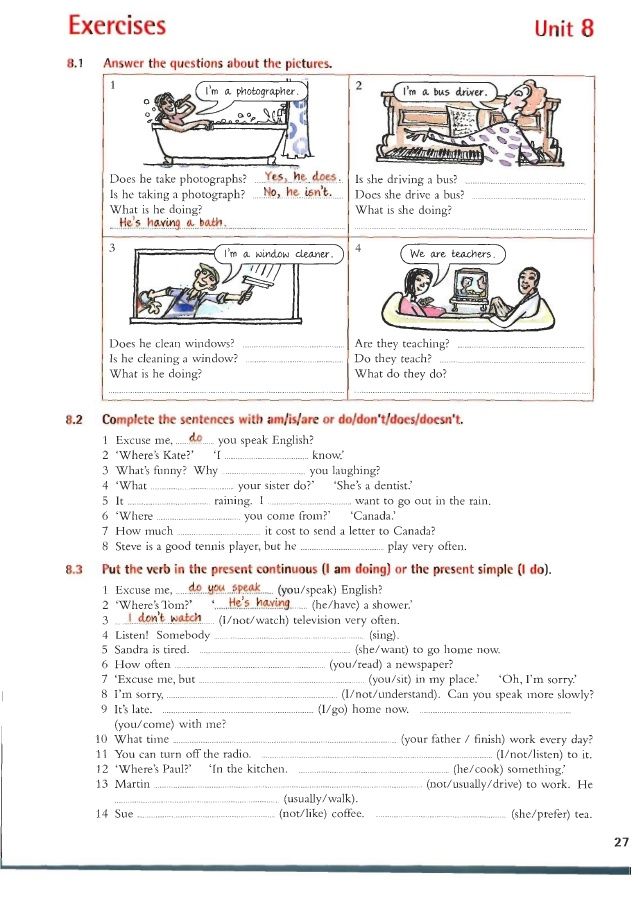 This procedure implies that the tire fitting worker will remove the summer kit and put on the winter one. It also needs to be balanced. This is standard procedure. It happens that even the disks need some kind of repair or cleaning. You will have to pay extra for this separately. If you just stopped by to “change shoes”, be prepared to spend about 40 minutes of your time. True, if you come by appointment. On a first-come, first-served basis, time can stretch for several hours.
This procedure implies that the tire fitting worker will remove the summer kit and put on the winter one. It also needs to be balanced. This is standard procedure. It happens that even the disks need some kind of repair or cleaning. You will have to pay extra for this separately. If you just stopped by to “change shoes”, be prepared to spend about 40 minutes of your time. True, if you come by appointment. On a first-come, first-served basis, time can stretch for several hours.
Is there a price difference depending on the tire diameter?
Yes. I will give statistics on the example of Vinnitsa car services. Having taken an interest in prices, I can say that on average it turns out like this:
Statistics given for passenger cars - tire change on light alloy wheels (R16) plus balancing.
By the way, the price also depends on the class of the car.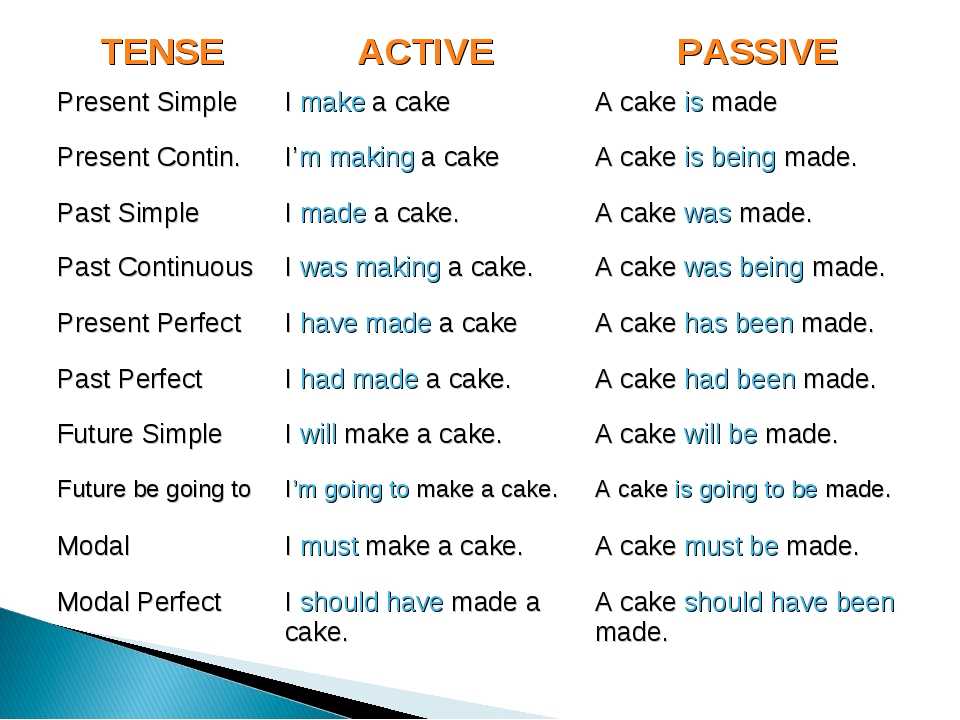 For SUVs, SUVs, minivans will be more expensive. It turns out that the larger the car and the size of the wheels itself, the more expensive. But from the type of disks - casting or steel - the price practically does not change. If your tires are on steel rims, the price remains either the same, or the difference fluctuates around minus 20-50 hryvnia.
For SUVs, SUVs, minivans will be more expensive. It turns out that the larger the car and the size of the wheels itself, the more expensive. But from the type of disks - casting or steel - the price practically does not change. If your tires are on steel rims, the price remains either the same, or the difference fluctuates around minus 20-50 hryvnia.
Below on the chart you will see the prices in the regional centers of Ukraine. They are average for passenger cars on alloy wheels (R16). That is, you need to understand what can be a little cheaper or a little more expensive. There are cities that stand out with the highest prices. But in principle, plus or minus is the same throughout Ukraine.
Somehow, unexpectedly for me, it turned out to be the most expensive thing to wear a winter set in Lviv and Zhytomyr - 500 UAH and 490 UAH, respectively. Khmelnitsky also stood out - 460 UAH, Kyiv - 450 UAH, Dnipro - 430 UAH. The cheapest is in Chernihiv - 340 UAH and Sumy - 350 UAH. However, see for yourself:
However, see for yourself:
| City | Price (UAH) |
| Vinnitsa | 380 |
| Dnipro | 430 |
| Zhitomir | 490 |
| Uzhgorod | 360 |
| Zaporozhye | 370 |
| Ivano-Frankivsk | 380 |
| Kyiv | 450 |
| Kropivnitsky | 360 |
| Lviv | 500 |
| Lutsk | 360 |
| Nikolaev | 370 |
| Odessa | 410 |
| Poltava | 360 |
| Rivne | 400 |
| Sumy | 350 |
| Ternopil | 370 |
| Kharkiv | 400 |
| Kherson | 380 |
| Khmelnitsky | 460 |
| Cherkasy | 370 |
| Chernivtsi | 400 |
| Chernihiv | 340 |
When calling service stations, some immediately offered discounts or some related services.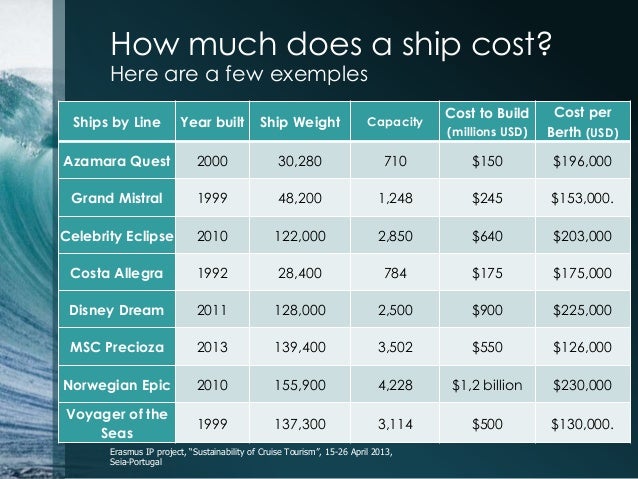 For example - a 20% discount on air conditioning maintenance in the spring, if they have their tires rebuilt now. And several tire shops said they could keep the winter tires for storage. In Vinnitsa, it costs about 100 UAH per month for 4 wheels without discs. Very handy if you have nowhere to store them at home. Because storage conditions are very important. It must be dry and clean. Tires must be laid in the correct position so that they do not experience uneven pressure and do not deform during downtime. And before that, they need to be washed and dried.
For example - a 20% discount on air conditioning maintenance in the spring, if they have their tires rebuilt now. And several tire shops said they could keep the winter tires for storage. In Vinnitsa, it costs about 100 UAH per month for 4 wheels without discs. Very handy if you have nowhere to store them at home. Because storage conditions are very important. It must be dry and clean. Tires must be laid in the correct position so that they do not experience uneven pressure and do not deform during downtime. And before that, they need to be washed and dried.
Pick up tires and rims for car
Well, friends, I hope the information was useful for you. If so, please like. I would like to know how much it costs to replace tires on wheels in your city. After all, I really hope that you have already done this. Share with us in the comments.
I liked the article - put "like", if you have any questions - write in the comments and we will answer them.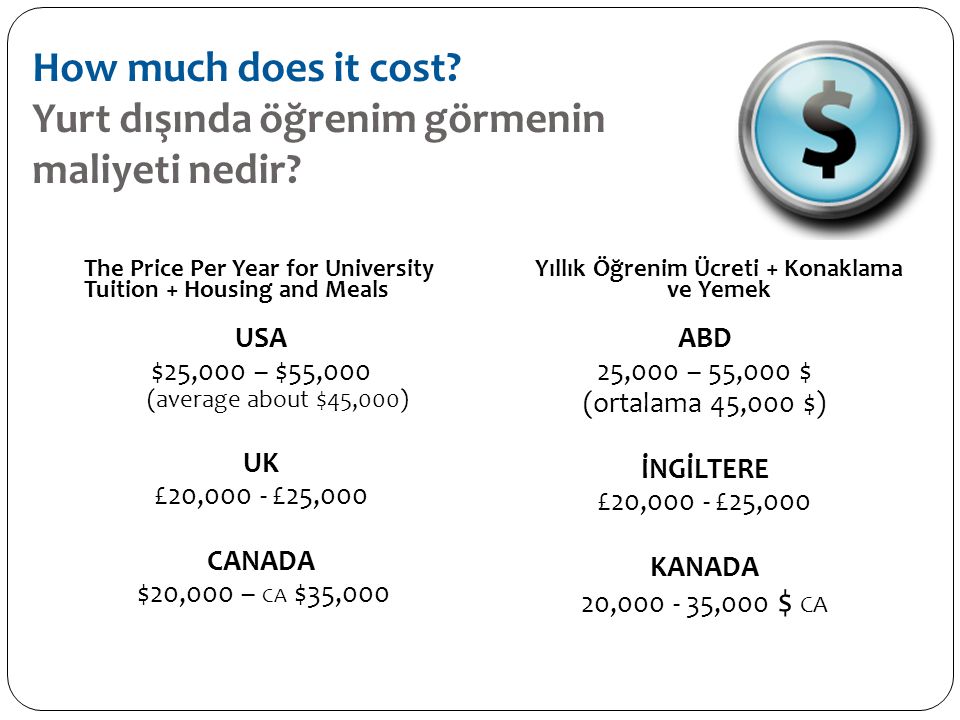 Share the article with your friends and subscribe to the email newsletter from AUTOMARKET.
Share the article with your friends and subscribe to the email newsletter from AUTOMARKET.
With best wishes, AUTOMARKET - convenient for the motorist
Tags
articles
:
2 will share
Previous article
TOP Article
Subscribe to the discount of discounts and recommendations
Subscribe to the discount of discounts and recommendations
AUTOmarket
See us in a convenient format →
Auto products and accessories at AUTOmarket
Join the community →
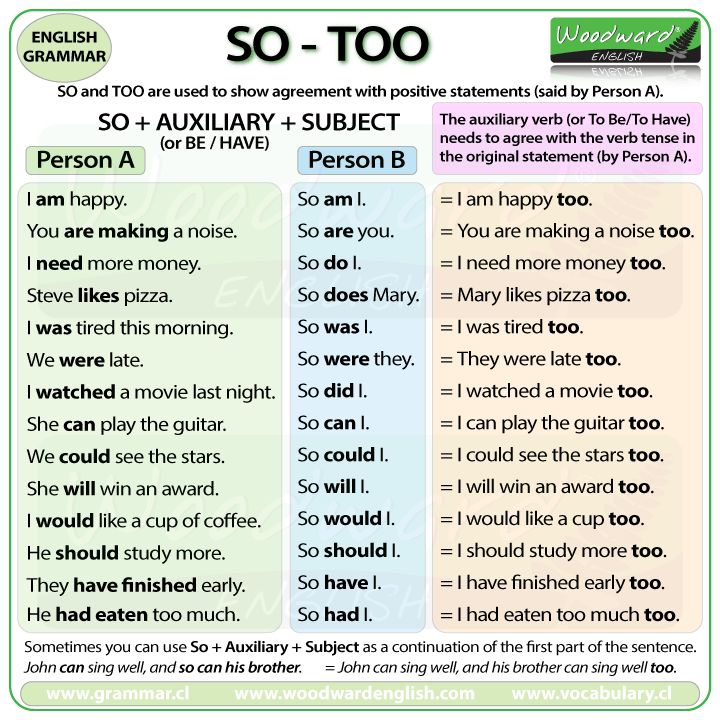
Price list for tire fitting services for cars
| Cost of standard service packages (for 4 wheels) | |||||||||||
| No. | description | 13 | 14” | 15” | 16” | 17” | 18” | 19” | 20” | 21” | 22” |
| 1. | Price per set (profile 55 and above) |
950 |
1100 |
1300 |
1500 |
1700 |
1900 |
2100 |
2000 |
2700 |
2900 |
| 2. | Coefficient for low profile tires profile 50 and below/SUV/commercial vehicles | + 20 | |||||||||
| Prices for tire fitting services (for 1 wheel) | |||||||||||
| No. | Name of work | 13 | 14” | 15” | 16” | 17” | 18” | 19” | 20” | 21” | 22” |
| 1. | Removing and installing wheel | 60 | 80 | 90 | 120 | 150 | 160 | 160 | 170 | 190 | 200 |
| 2. | Removing a tire from a rim | 60 | 80 | 90 | 100 | 100 | 140 | 140 | 170 | 180 | 180 |
| 3. | Mounting tire on rim | 60 | 80 | 90 | 100 | 100 | 140 | 140 | 170 | 180 | 180 |
| 4. | Balancing | 100 | 100 | 100 | 120 | 150 | 160 | 160 | 190 | 200 | 240 |
| Total: | 280 | 340 | 370 | 440 | 500 | 600 | 600 | 700 | 750 | 800 | |
| Additional services: |
|
|
| ||||||||
| 1. | Installation of weights set (self-adhesive + stuffed) | 50 | 50 | 60 | 60 | 70 | 70 | 80 | 80 | 100 | 100 |
| 2. | Vent Mount | 40/80 | 40/80 | 40/80 | 40/80 | 40/80 | 40/80 | 40/80 | 40/80 | 40/80 | 40/80 |
| 3. | Installation of customer valve | 20 | 20 | 20 | 20 | 20 | 20 | 20 | 20 | 20 | 20 |
| 4. | Check, pressurize | 20 | 20 | 20 | 20 | 20 | 20 | 20 | 20 | 20 | 20 |
| 5. | Packing wheel in bag | 30 | 30 | 30 | 30 | 30 | 30 | 30 | 30 | 30 | 30 |
| 6. | Replacement of one spool | 20 | 20 | 20 | 20 | 20 | 20 | 20 | 20 | 20 | 20 |
| 7. | Plastic cap (1 pc.) | 20 | 20 | 20 | 20 | 20 | 20 | 20 | 20 | 20 | 20 |
| 8. | Camera installation | 50 | 50 | - | - | - | - | - | - | - | - |
| 9. | Camera repair | 100 | 100 | 100 | 100 | 100 | 100 | 100 | - | - | - |
| 10 | Sealing one side of the wheel with a bead seal | 100 | 100 | 100 | 100 | 110 | 110 | 150 | 150 | 170 | 180 |
| 11 | Temporary |
100/ |
100/ |
100/ |
100/ |
100/ |
100/ |
100/ |
100/ |
100/50 |
100/50 |
| 12 | Tire repair | 150 | 150 | 150 | 150 | 150 | 150 | 150 | 200 | 200 | 200 |
Vulcanization: